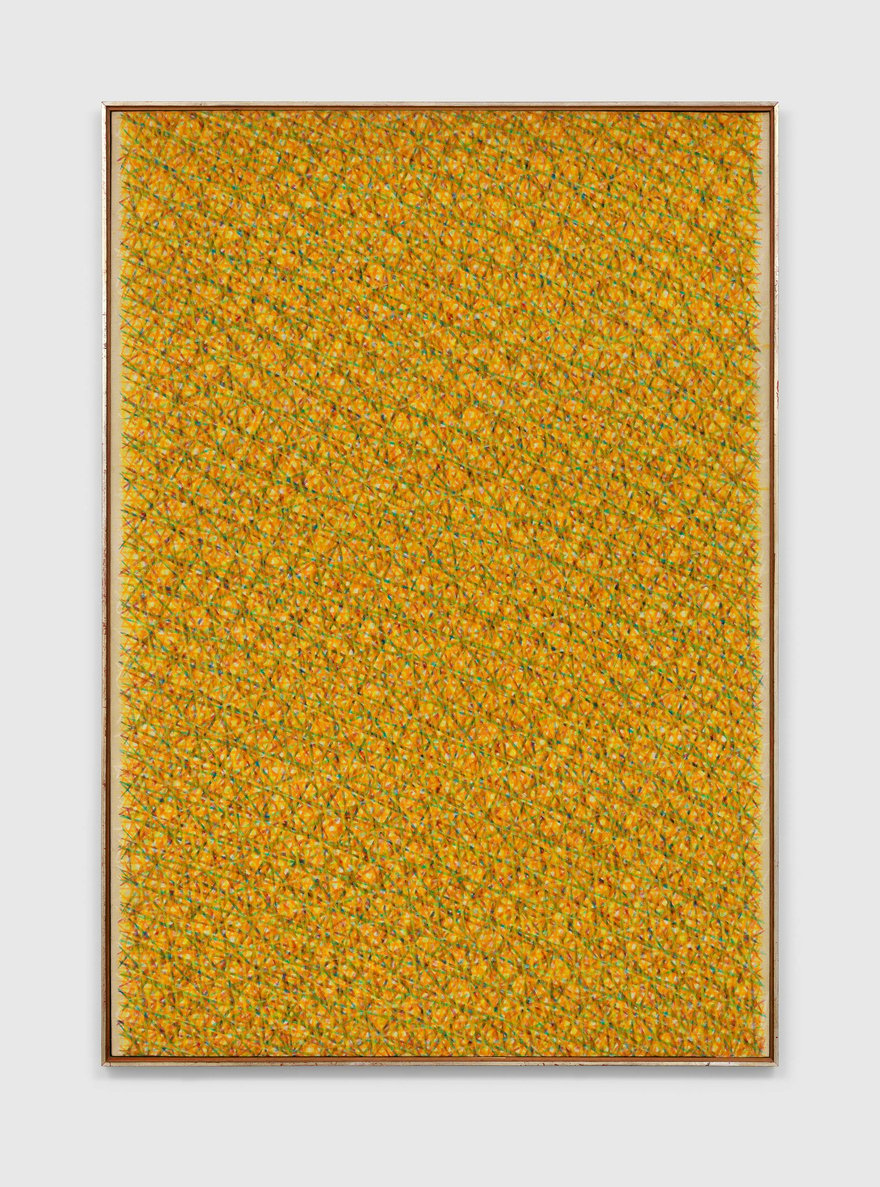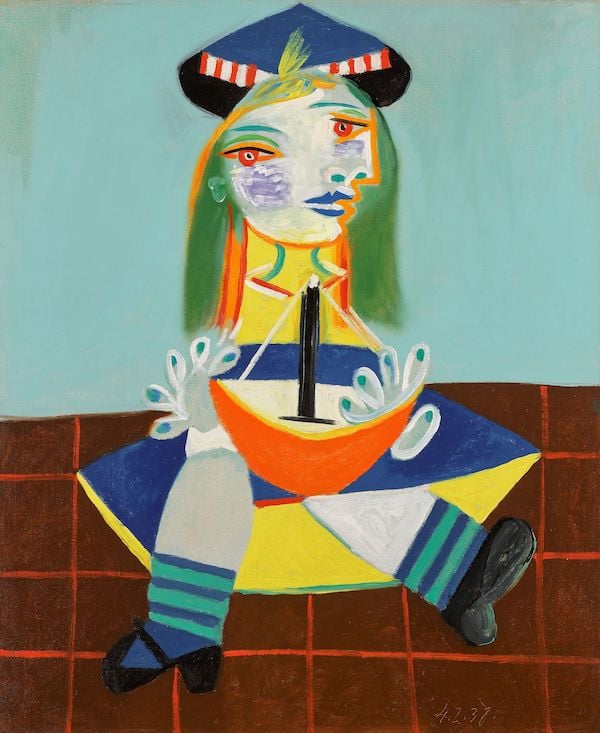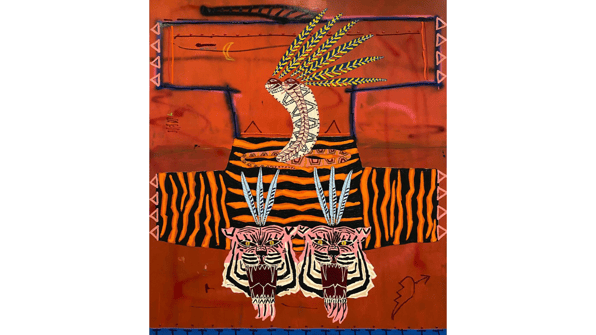Rediscovering Abstraction: Here Come the Italians
There is a growing appetite to discover another layer of artists from the high point of abstract painting. As the market witnessed in 2022 with the rapid rise of Lynne Drexler, collectors are looking for names to rediscover. This may not have been the motive behind a show—Roma New York, 1953-64— that has just opened at David Zwirner Gallery in New York. Yet the practical effect is the same. Art advisors, museum curators and collectors are being offered a forgotten or alternative history of high modernism and its successors.
“The show is about mutual discovery,” says David Leiber, the Zwirner partner who is also the curator, “Italian artists seeing American artists come to Rome and Roman artists coming to New York in the 1950s—and how they both influenced each other.”
Indeed, the show which features 26 artists and 73 works mixes the biggest names in 20th Century art with a roster of less familiar names. Some like Afro and Conrad Marca-Relli were bigger names when they were active painters. Others, like Carla Accardi, Piero Dorazio, Gastone Novelli and Mario Schifano are primed for re-evaluation from the market and, possibly, art history.
Rome and the Italian abstract painters who congregated there were not always as obscure as they might seem today. Leiber, who was inspired by a 1993 exhibition in New York curated by Germano Celant, points out that Rome was the first city in Europe to recognize the importance of post-war American art. During the period the exhibition covers which is slightly compressed from Celant’s own timeframe, artists like Philip Guston, Cy Twombly and Robert Rauchenberg went to Rome to travel, work and meet Italian artists like Alberto Burri.
In the immediate aftermath of World War 2, Europe struggled with the consequences of Fascism and its catastrophic failure. Italy, with its strong Communist party and fragile postwar economy, became a focal point of American economic diplomacy. Through the Marshall Plan and spending unleashed by the Korean War, Italy witnessed an economic rebirth in the period from 1948 to 1952. A burgeoning consumer economy and the concomitant expansion of mass culture helped Rome become a Mecca for Italian artists much the way New York had become one for Americans. Some of those artists, like Burri, were returning to Rome from America where they had been held in prisoner of war camps. Celant believed that the United States offered many of these artists a cultural path out of the cul-de-sac of a discredited Fascism and back toward democratic values and internationalism. The US government actively and aggressively promoted this idea as a counter-weight to the strong pull of Communism among European intellectuals.
It wasn’t only a battle for hearts and minds, dollars (and Lira) were up for grabs. In New York and Rome, a clutch of galleries emerged that began to share artists. Afro Balsadella had his first show in New York in 1949. In the 15 years following, he would have seven more. His regular trips to the US put him in touch with the leading lights of the New York school, like Willem de Kooning and Franz Kline. Back in Rome Afro became an important source of information to local galleries about which artists had potential to be the next stars; and he would also become a welcoming attraction for visiting artists.
Burri was the other Italian artist who found immediate success in the New World. So it is no surprise that Robert Rauschenberg and Cy Twombly would seek him out when they were in Rome in 1952. Burri and Rauschenberg are very different artists; however, at the time both were experimenting with similar materials and new approaches to abstraction. Twombly’s Italian trajectory would be even more pronounced. He would return five years later to establish roots that would last another half century.
De Kooning arrived in Rome in 1959 like a movie star. At the height of his fame and recognition for Abstract Expressionism,he spent six months in the city accompanied by Jackson Pollock’s former girlfriend, the Elizabeth Taylor-like Ruth Kligman. In truth, de Kooning was in Rome to mollify Klingman but his presence lit up the community of artists and Rome’s high society.
In truth, it wasn’t a very productive period for de Kooning, though he borrowed Afro’s studio and made works on paper while he was there. Working time had to be squeezed in around the socializing. Long boozy lunches were spent at the artists’ hangout Café Rosati. Dinners were a moveable feast of Conrad Marca-Relli, Dorazio, Twombly, Afro, Burri and Salvatore Scarpita (all represented in the Zwirner show.)
Despite the star power of de Kooning, Kline, Guston, Burri, Rauschenberg and Twombly, the show is meant to feature the supporting cast of Italian artists. Many of their markets have been spotty or hard-pressed to build momentum. Zwirner’s stature as a global gallery may help change that even as it fights an auction tape that hasn’t always been supportive of some of these artists and works. LiveArt’s database shows some of these losing ground over time while others have simply not gained much traction. As last year’s Lynne Drexler phenomenon proved, traction can seemingly come at any time.
Instead of taking a bet on one artist, Leiber clearly believes an exhibition like this one is the first step in setting off a chain reaction. He hints that a Mario Schafino show is in the works and confides that he’s been walking museum people through the show and hopes it will spark more focused follow ups. That’s the one of the ways markets are made in the art world.
“What I wanted to do with this exhibition,” Leiber says, ”was borrow and find the absolute best examples that have passed through canonical galleries, ones that have the most extraordinary provenance. The works in our show represent the very best from the best period, in my view, where the works resonated and had the most influence.”




